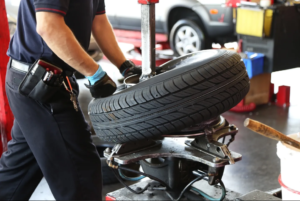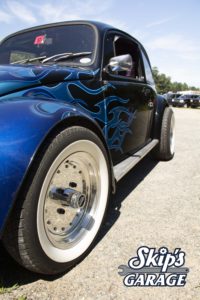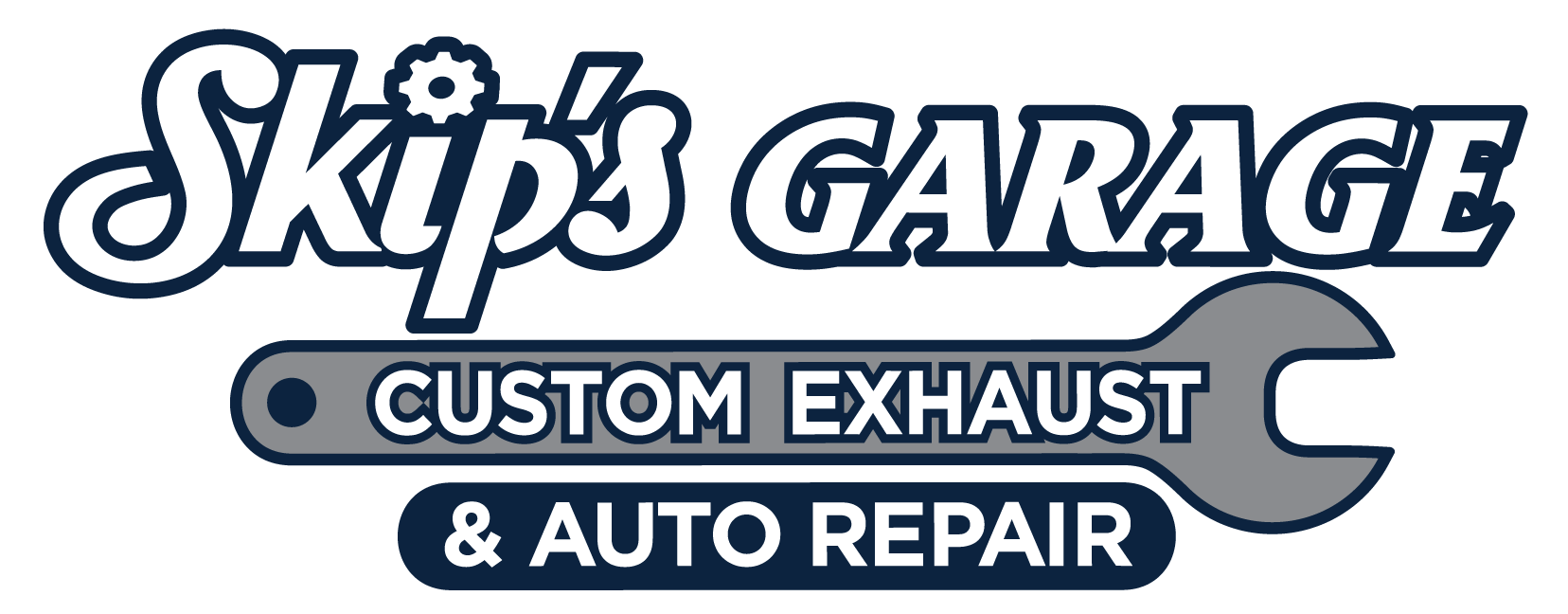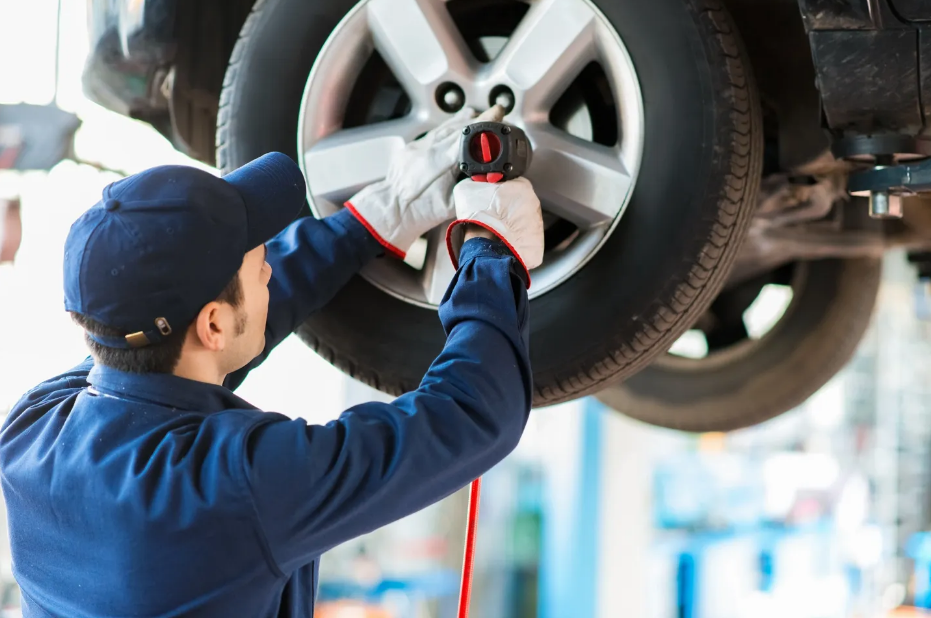Find the Right Tires for Your Vehicle
Choosing the right tires to fit your car, truck, or SUV can be an arduous process if you’re just jumping into it. It’s also important to factor in things like weather, road conditions, your daily commute, and your extended travel plans to get tires that will keep you safe and your vehicle fuel efficient. Often there is no one-size-fits-all solution. That’s why our team put together this page to help you learn the basics.
What Terms Do I Need To Know When Buying Tires?
While you don’t need to understand the vast array of car lingo out there, it is helpful to know all the basic terms used to describe tires when you decide to go shopping for your next set. That’s why our team put together this page as a quick crash course on tire purchases. If you have any more questions, just let us know!
Here is what we see most often:
- Alignment: Adjusting the vehicle’s wheels, steering, and suspension components to the manufacturer’s exact specifications. When wheels are in alignment, they are in the optimal position relative to the road and each other which gives you a safer, more efficient ride. Considerable wear or minor collisions can cause misalignment.
- Balancing: Adjusting tires and wheels so that they spin with evenly distributed weight.
- Footprint: Also known as the “contact patch”, this is the entirety of your tire that actually comes into contact with the road or ground.
- Hydroplaning: When too much water builds up under the tires and can’t be moved fast enough. This causes the vehicle to stop responding to your steering.
- Load Carrying Capacity: This is the maximum weight your tire can hold under ideal conditions. It’s important to double check the tires will accommodate your vehicle before purchasing them.
- M+S or M/S or M&S: All of these symbols mean “Mud and Snow”. Found on the sidewall of all-season tires, they let the customer know that these tires meet the Rubber Manufacturer\s Association’s definition of tire built to handle both mud and snow.
- Mounting: The act of installing a tire on a wheel. We always recommend having your tires professionally mounted, balanced, and checked regularly.
- PSI: Pounds per square inch. How tire pressure is measured,
- Rotation: Switching the position of each tire on the vehicle to extend the life of the tires and make sure they wear as equally as possible.
- Tread: The part of the tire touching the road. The depth of the tread is important for traction. This is where many people use the penny test.
What Types of Tires are There?
There are 6 major types of tires available for purchase. These include:
- All-Season Tires: Your standard, dependable all-around tire often used on sedans and vehicles in mild climates. All-season tires have a MS, M/S, or M&S mark on the sidewall, meaning that they are suitable for use in mud and snow.
- All-Terrain Tires: Often used on trucks and SUVs equipped for off-road excursions, these tires makes use of large treads to handle different environments.
- Low-Profile Tires: These tires are normally put on cars and crossovers to deliver better maneuverability and increased performance. The ride can be a bit rougher over large bumps since there’s less cushioning between the wheel and the road surface
- Performance Tires: Designed with sporty vehicles in mind, these tires are meant to provide excellent traction and tighter handling at fast speeds.
- Snow Tires: Otherwise known as winter tires, these tires use special treads to grip snow and ice. Many customers combine these with tire chains to ensure as much traction as possible in inclement weather.
- Mud Tires: These tires are designed to perform best in wet, uneven conditions and can often provide similar performance to All-Terrain tires.
Each tire type handles different weather conditions better than the other. All-season tires can only handle so much of the weather that we see in the Plaistow, NH area. That’s why we often recommend a second set of tires specific to the kind of weather and terrain you face most often.
Why Do Tire Types Matter?
Each type of tire is created specifically to do one thing extremely well. This also means that using the wrong type of tire will result in decreased fuel efficiency and a potentially dangerous driving situation.
Snow tires are designed to handle snowy and icy driving conditions while driving through Concord and other places throughout New Hampshire. They have a narrower width and a slightly taller profile than all-season tires of the same size. Like all-terrain and mud tires, winter tires feature harder rubber and more aggressive tread patterns designed to deliver traction in relatively difficult road conditions.
Contrast this to low-profile and performance tires that use more intricate, shallow treads and slightly softer rubber to deliver more control in normal road conditions. Mounting seasonal tires to your vehicle at specific times of the year is a great way to extend the longevity of your tires, keep your passengers safe, and ensure you’re using the right tools for the job.
All-season tires have a wider and softer tread designed for channeling away water while maximizing traction under wet or dry driving conditions. Mounting all-season, low-profile, or performance tires is often a great idea when the spring thaw arrives in Manchester, NH.
What Types of Maintenance Do Tires Require?
There are a few things we recommend customers keep up with when it comes to maintaining their tires, including:
- Check Your Tire Pressure: Tires naturally lose around 1-2 psi during spring and summer, plus a bit more when it gets colder. So it is especially important to keep up with this during the winter.
- Check the Depth of Your Tread: Your tread will wear as you use your vehicle, so it is important to check the depth of the tread fairly often (depending on how often you travel) once you’ve had your tires for a year. An easy way to check is to put a a penny into your tire’s tread groove with Abraham Lincoln’s head upside down and facing you. If the tread covers his forehead, you have at least 4/32 of an inch left, so you are good to go. If you can see all of Lincoln’s head, your tread depth is less than 2/32 of an inch and it’s time to replace your tires.
- Have Your Tires Rotated by a Professional: We recommend having your tires rotated about every 6,000 miles, depending on your tire type and the terrain you drive on. Doing so will ensure even tread wear, resulting in a smoother and more efficient ride.
- Have Your Tires and Alignment Checked: You can give your vehicle the occasional visual inspection and road test to see how it is performing. If you experience a collision, notice any difficulty in steering, have an uneven ride, or see visible wear on your tires it is time to take your vehicle to a professional.
Ensure Your Tires Are Ready to Hit the Road
You can get exactly the right tires for your car, truck, or SUV at Skip’s Garages. Talk with our team to find the right tire for you or let us know what you need. We have a full selection of multiple tire types, including popular all-weather and snow tires from the best brands. Our tire services ensure proper mounting, balancing, and rotating to give you superior traction and performance all year long. You can check out all of our services on this website or contact our team for more information. We can’t wait to help you out!

